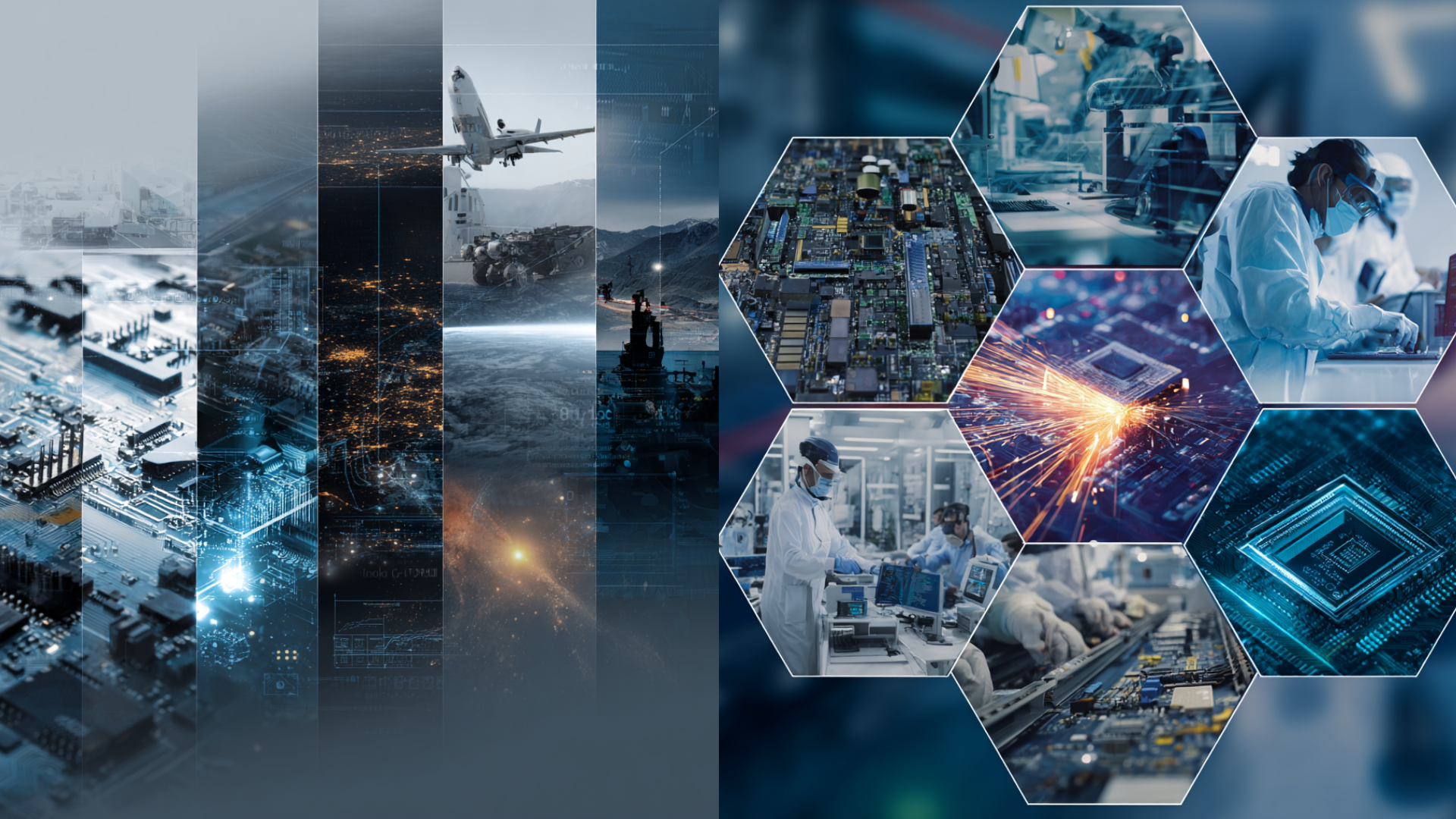
Engineering Talent for the AI Infrastructure Revolution
Power the future of artificial intelligence with specialized engineers who understand the complexities of AI accelerators, high-bandwidth memory, and hyperscale data center design
- $300B AI chip market by 2030
- 2x Data center power demand by 2026
- 95% NVIDIA's AI training market share
- 1,000+ AI/HPC engineers available
The Explosive Growth: The data center and AI infrastructure market is experiencing unprecedented growth, driven by the insatiable demand for AI computing power. With AI workloads doubling every 3-4 months and the rise of large language models requiring massive computational resources, the industry faces critical engineering challenges in chip design, thermal management, and system architecture.
Key Market Drivers:
- Generative AI Boom: ChatGPT and similar models driving 10x increase in inference workloads
- Training at Scale: Models with 1 trillion+ parameters requiring specialized hardware
- Edge AI Expansion: Moving inference capabilities closer to data sources
- Sustainability Pressure: Need for 50% improvement in performance per watt
- 2.5D/3D integration becoming standard
- COWOS adoption for HBM integration
- Chiplet architectures for yield improvement
- Requires: Package design engineers, thermal specialists
- HBM3 and HBM4 development
- Near-data processing architectures
- CXL for memory expansion
- Requires: Memory interface engineers, system architects
- Direct-to-chip liquid cooling
- Immersion cooling for high-density
- Carbon-neutral data center designs
- Requires: Thermal engineers, mechanical designers
The Explosive Growth: The data center and AI infrastructure market is experiencing unprecedented growth, driven by the insatiable demand for AI computing power. With AI workloads doubling every 3-4 months and the rise of large language models requiring massive computational resources, the industry faces critical engineering challenges in chip design, thermal management, and system architecture.
Key Market Drivers:
- Generative AI Boom: ChatGPT and similar models driving 10x increase in inference workloads
- Training at Scale: Models with 1 trillion+ parameters requiring specialized hardware
- Edge AI Expansion: Moving inference capabilities closer to data sources
- Sustainability Pressure: Need for 50% improvement in performance per watt
Key Responsibilities:
- Design specialized tensor processing units
- Optimize for transformer architectures
- Implement sparse computation support
- Balance compute, memory, and I/O
Required Skills:
- Advanced RTL design (SystemVerilog)
- ML framework knowledge (PyTorch, TensorFlow)
- High-level synthesis experience
- Performance modeling expertise
Tools: Synopsys DC, Cadence Genus, Innovus, PrimeTime
Types We Support:
- CPUs - x86, ARM, RISC-V architectures
- GPUs - Graphics and AI acceleration
- AI Accelerators - AI Accelerators
- FPGAs - Reconfigurable computing
- Microcontrollers - Embedded processing
Key Responsibilities:
- HBM3/HBM4 controller design
- Interposer and package co-design
- Signal integrity optimization
- Thermal management solutions
Required Skills:
- High-speed interface design
- 2.5D/3D packaging expertise
- Power delivery network design
- Memory subsystem architecture
Tools: Ansys HFSS, Cadence Sigrity, Mentor HyperLynx
Key Responsibilities:
- Floorplanning for 800mm²+ dies
- Multi-die integration strategies
- Power grid optimization
- Timing closure at advanced nodes
Required Skills:
- 5nm/3nm node experience
- Hierarchical design methods
- Low power design techniques
- Physical verification
Tools: Innovus, ICC2, RedHawk, Calibre
Key Responsibilities:
- Design liquid cooling solutions
- CFD analysis for airflow optimization
- Package thermal modeling
- Reliability analysis
Required Skills:
- Thermal simulation
- Mechanical design
- Fluid dynamics
- Materials science
Tools: Ansys Icepak, FloTHERM, SolidWorks
Key Responsibilities:
- Develop device drivers
- Implement resource management
- Optimize kernel scheduling
- Power management firmware
Required Skills:
- Linux kernel development
- CUDA/ROCm programming
- System architecture
- Performance optimization
Languages: C/C++, Python, Assembly
The workhorses of model development
Current Generation:
- NVIDIA H100: 80GB HBM3, 3.9TB/s bandwidth
- Google TPUv5: Custom tensor cores, liquid cooled
- AMD MI300X: 192GB HBM3, chiplet design
Next Generation Requirements:
- 200GB+ HBM4 capacity
- 5TB/s+ memory bandwidth
- 1000W+ TDP with liquid cooling
- Optical interconnects
Optimized for deployment efficiency
Market Solutions:
- NVIDIA L40S: Balanced compute/memory
- Qualcomm Cloud AI 100: Power efficient
- Intel Gaudi2: Cost-optimized inference
Engineering Priorities:
- INT8/INT4 optimization
- Sparsity acceleration
- Multi-tenancy support
- Edge deployment variants
Feeding the AI compute beast
HBM Evolution:
- HBM3: 819GB/s per stack
- HBM3E: 1.2TB/s per stack
- HBM4: 2TB/s target (2025)
Emerging Technologies:
- CXL memory pooling
- Persistent memory
- In-memory compute
- Optical memory interconnects
Enabling distributed AI training
Critical Components:
- 400G/800G Ethernet
- InfiniBand NDR/XDR
- NVLink/Infinity Fabric
- CXL 3.0 adoption
Managing the thermal challenge
Advanced Solutions:
- 48V power delivery
- Direct liquid cooling
- Immersion cooling systems
- Waste heat recovery
Project: Custom AI Training ASIC
Challenge: Design 5nm AI accelerator with 8-stack HBM3 integration for large language model training.
TeamUP Solution:
- 9-person integrated team
- RTL design for custom tensor cores
- Physical design with COWOS packaging
- Thermal solution for 700W TDP
Results:
- 2.5x performance vs. previous generation
- 35% power efficiency improvement
- 3-month schedule acceleration
Project: Edge AI Inference Chip
Challenge: Create power-efficient inference processor for edge deployment with real-time constraints.
TeamUP Solution:
- 6 specialized engineers
- Custom NPU architecture
- INT8 optimization
- Integrated ISP for vision
Results:
- 10 TOPS/W efficiency
- 99.9% accuracy maintained
- Design wins at 2 major OEMs
Why Industry Leaders Choose TeamUP

Deep Domain Expertise
- Architecture specifications
- RTL design files
- Interface definitions
- Coverage goals
What We Deliver - Comprehensive test plan with full traceability
- Complete UVM testbench including UVCs, scoreboards, and functional coverage models
- SVA(SystemVerilog Assertion) checkers
- All tests and sequences per the test plan, debugged and passing.
- Regression testsuite with coverage closure (code & functional)
- Complete bug reports with root cause analysis
- Sign-off ready verification closure

Immediate Response Our AI infrastructure team responds within 2 hours during business hours.




Quick Stats:
- Average time to first candidate: 48 hours
- Engineers with AI experience: 200+
- Successful placements: thousands
- Client retention rate: 94%
AI Infrastructure Hotline: 512-535-7779
Email: semiconductors@teamup.com
Hours: 24/7 support available
